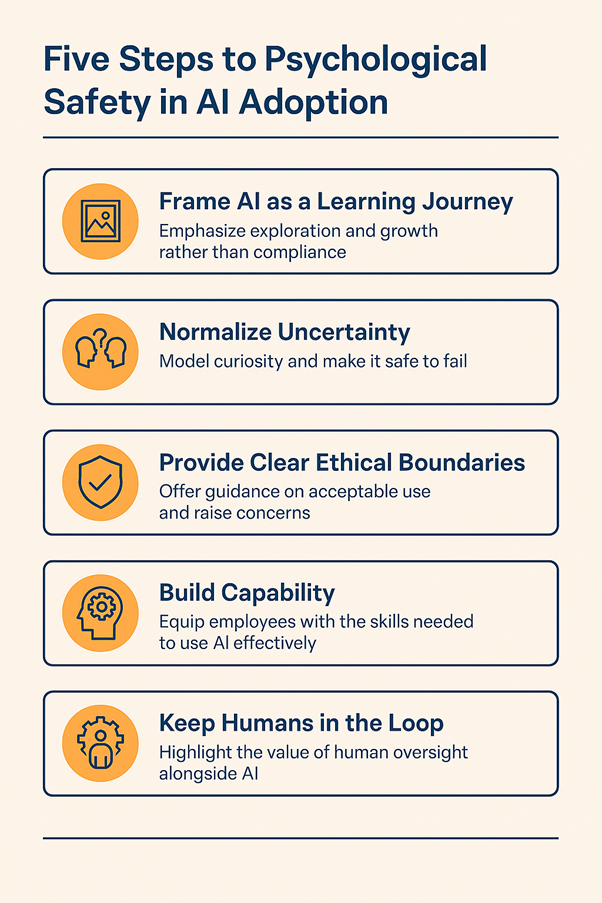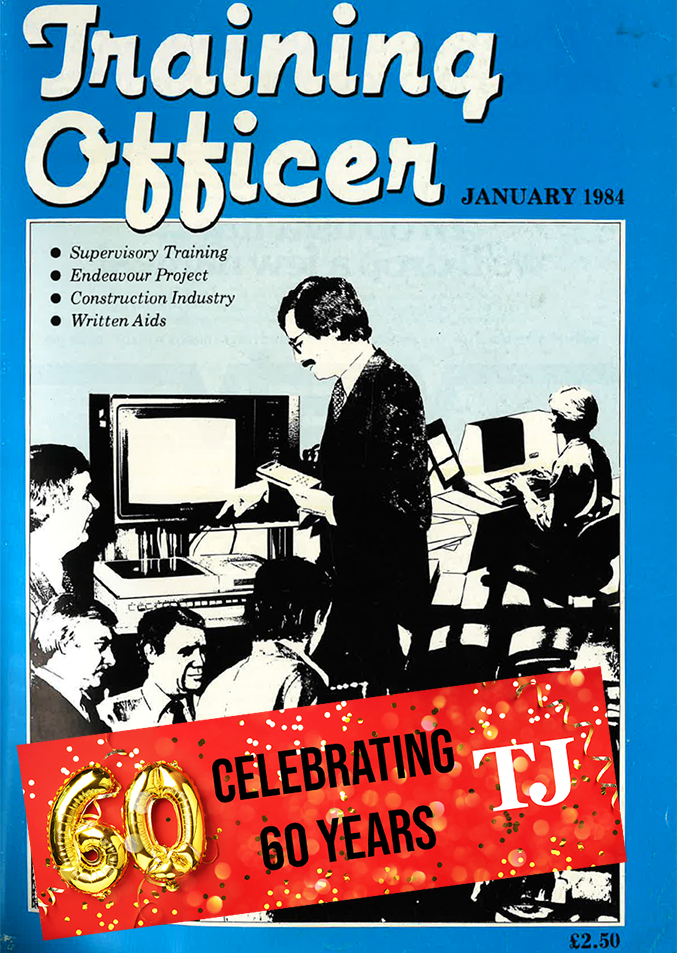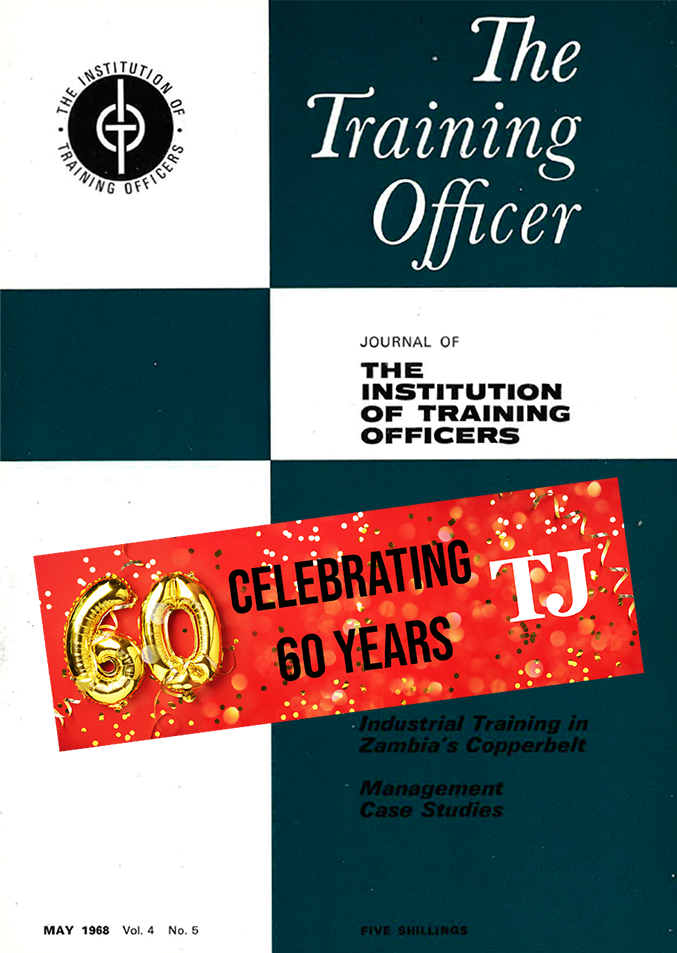AI is changing the workplace, but without psychological safety, adoption efforts risk falling flat. Erica Farmer explores why trust, openness and permission to fail are essential for innovation, and shares practical steps for leaders, HR and L&D to create a culture where people can learn, experiment and thrive with AI.
Artificial intelligence is reshaping the world of work faster than most organisations can adapt. From productivity tools to advanced data analytics and talent systems, AI now sits quietly in the background of almost every role. But as leaders rush to roll out new technology, one human factor is too often overlooked: psychological safety.
Why psychological safety matters in AI adoption
Psychological safety, the shared belief that it’s safe to take interpersonal risks, underpins all successful learning and innovation. In an AI context, those risks might look like:
- Asking “naïve” questions about prompts or outputs
- Admitting confusion about how the tools actually work
- Challenging assumptions about fairness, bias, or data privacy
When that safety isn’t present, people retreat into silence. They stop experimenting, stop questioning and stop learning. The organisation might achieve “AI adoption” on paper, but in practice, its compliance dressed up as progress.
The emotional reality of AI at work
AI doesn’t just change what we do; it changes how we feel about our work. Employees are being asked to:
- Rethink their expertise
- Hand over parts of their role to automation
- Trust systems they don’t fully understand
That brings natural emotions such as anxiety, uncertainty, even imposter syndrome. Leaders who dismiss those reactions as “resistance” miss the point. Fear and curiosity are both part of the learning process; it’s psychological safety that determines which one wins.
What happens when safety is missing
In unsafe environments, we see predictable patterns:
- Teams quietly use AI tools “under the radar,” afraid of getting it wrong
- Innovation stalls because nobody wants to look foolish
- Confidence collapses as people compare themselves to the machine
AI thrives on experimentation and experimentation only happens in safe environments. If people don’t feel they can fail safely, they won’t learn at all. And we must acknowledge that the old model of leadership (being the expert who always has the answers) simply doesn’t work in an AI-enabled organisation. The tools evolve faster than any one person can. Instead, leaders need to model learning out loud. That sounds like:
- “I don’t know, let’s try it.”
- “That prompt didn’t work, so what might we do differently?”
- “What does the AI suggest, and how do we sense-check that together?”
When leaders show curiosity instead of certainty, they give their teams permission to do the same. It’s not weakness; it’s the new form of credibility and currency.
My five practical steps to build psychological safety into AI rollouts
Here are five evidence based, people focused steps HR, L&D and leadership teams can take to build psychological safety into AI adoption.
1. Frame AI as a learning journey, not an implementation
If your AI strategy sounds like a rollout plan rather than a learning process, you’ve already lost your people. Position AI as something to explore rather than something to comply with. Create low-pressure opportunities for experimentation:
- Run “AI curiosity sessions” or “Friday AI playtime” where people can test tools informally
- Reward sharing of lessons learned, not just perfect examples
- Use reflective questions in training: What surprised you? What worked, what didn’t, and why?
The goal isn’t proficiency on day one; it’s confidence through exploration.
2. Normalise uncertainty and make it safe to fail
Most organisations say they want innovation but punish failure. That’s a culture killer when it comes to AI. Leaders must explicitly model curiosity and fallibility:
- Host “AI hack weeks” where teams try bold ideas with no expectation of success
- Ask managers to share their own early mistakes using AI such as what they got wrong and what they learned
- Praise experimentation in performance reviews
If employees see that mistakes are learning moments, not performance risks, adoption accelerates.
3. Provide clear ethical and practical boundaries
Nothing undermines psychological safety faster than confusion. If people don’t know what’s acceptable, then they either over or under use AI out of fear. Develop an AI Safe Framework that spells out:
- What’s okay to use AI for (and what’s not)
- How to check data privacy and bias
- Where to go for help or to raise concerns
Keep it simple, visual, and accessible and not a 40-page policy document nobody reads. Transparency builds confidence and trust.
4. Build capability, not just access
Handing people an AI tool without training is like giving them a Formula 1 car and saying, “Off you go.” It’s not the technology that builds confidence; it’s competence. Develop tiered learning programmes to match different comfort levels:
- AI Awareness for everyone: understanding what AI is and isn’t, and how to use it responsibly
- AI Practitioner for regular users: prompt engineering, bias awareness, and workflow integration
- AI Champions for early adopters: they can coach peers and support cultural change
Use real world tasks such as writing reports, summarising meetings, or planning projects, so learning feels immediately relevant.
5. Keep humans explicitly in the loop
The fear of replacement is still the elephant in the room. People need to understand where they fit in this AI augmented world.
Reinforce the value of human judgment, creativity, empathy, and ethics; qualities AI can’t replicate.
- Redesign job descriptions to reflect human-AI collaboration, not competition
- Share stories of how AI frees people for higher-value, people-centric work
- Celebrate human oversight as the key to ethical AI
The message must be consistent: AI amplifies human capability; it doesn’t erase it.
And a bonus extra step: Measuring progress
Don’t just measure adoption rates. Track psychological signals:
- Employee pulse surveys on confidence and safety to experiment
- Participation rates in training and AI communities of practice
- The diversity of voices contributing AI ideas (is it only the confident few?)
- Feedback loops where concerns are raised and acted upon
AI maturity isn’t just about technical integration. It’s about cultural readiness.
From fear to curiosity
We are at a pivotal moment. The organisations that succeed with AI won’t be the ones that move fastest; they’ll be the ones that move safely. When people feel safe, they learn faster, collaborate more, and innovate boldly. Psychological safety isn’t a “soft” consideration; it’s the hard edge of sustainable transformation.
AI might be changing the tools we use. But it’s still humans who drive progress. And humans only perform at their best when they feel trusted, included, and safe to experiment.
Erica Farmer is AI and Future Skills Specialist, Co-Founder at Quantum Rise Talent Group
Written with research and drafting support from ChatGPT (GPT-5) to demonstrate the practical value of human-AI collaboration in content creation





